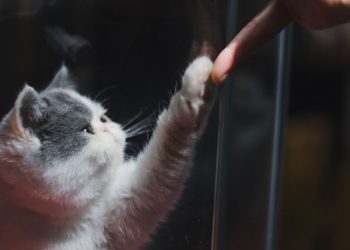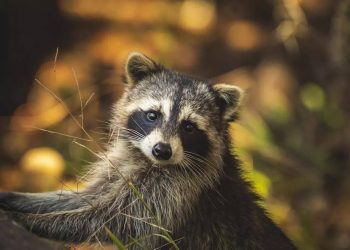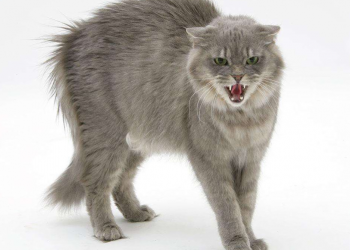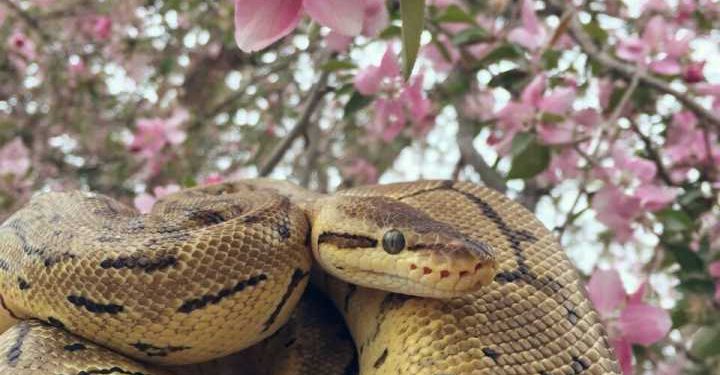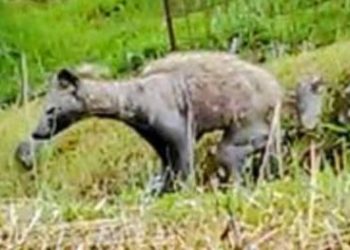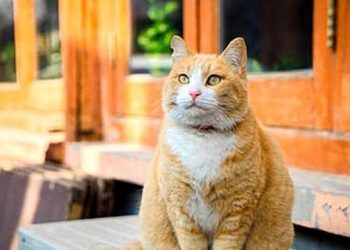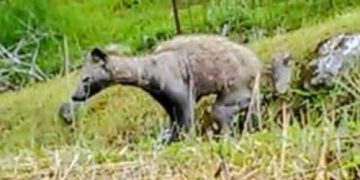Since some snakes are protected by national laws or international conventions, please investigate according to your own country before breeding.
If you must raise it, please combine local laws and regulations, and be mentally prepared and take relevant preventive measures!
1. Python regius
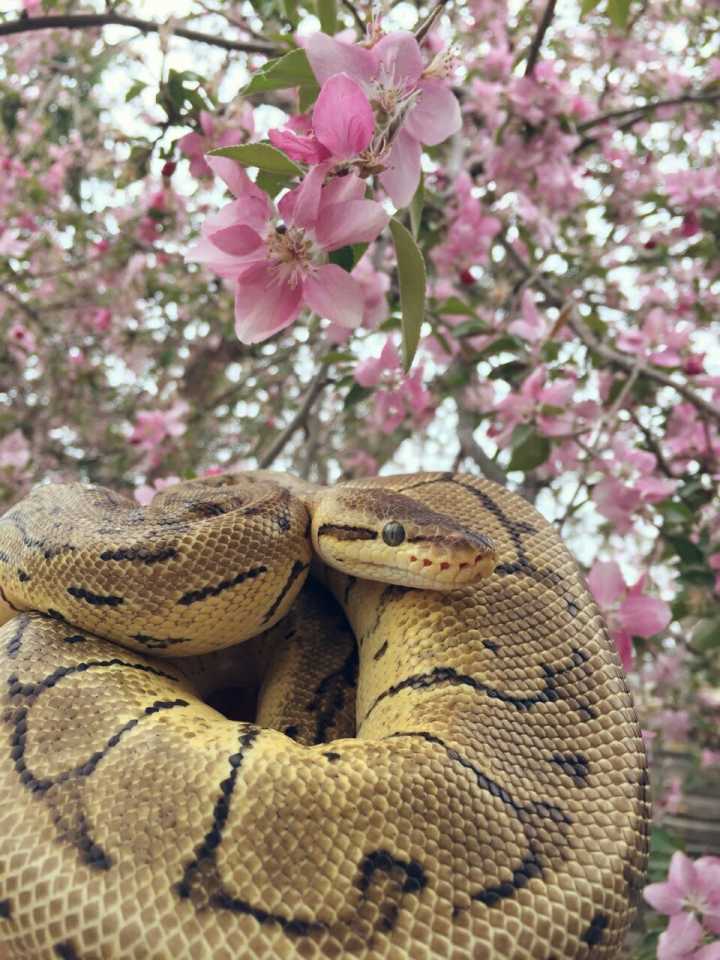
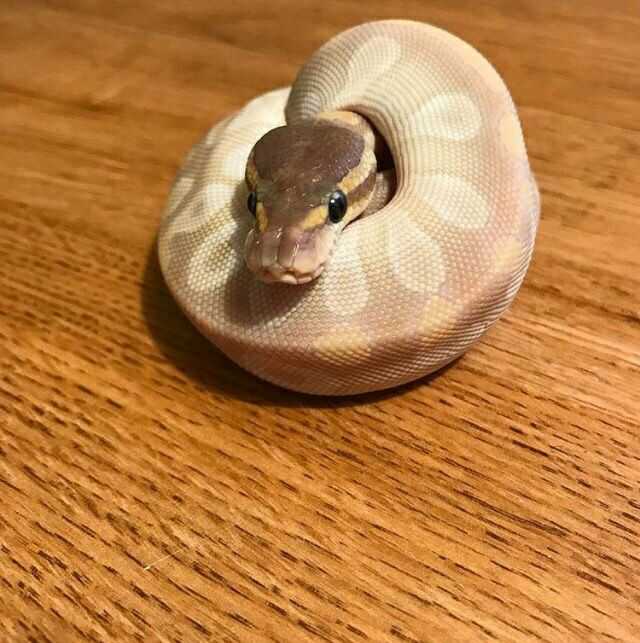
Origin: West Africa, Central African countries
Body size: about 1.5m in size
Adaptable temperature: 28~32℃
Adapt to humidity: keep dry
Dangerous: none
Viewability: very high
Degree of protection: CITES Annex II
Price: Very Low (Primary) ~ Very High (High-End Variation)
In my personal opinion, ball pythons are the best snakes for pets. As a small python, the ball python not only has the characteristics of a solid python, but also has a very small size compared to other pythons. But the size of the ball python is not too small. The newly born ball python can already prey on small mice autonomously. This is unimaginable for small swimming snakes such as corn snakes! Due to the long-term artificial breeding, the ball python has various patterns and body colors, and its appearance is very gorgeous. In addition, the ball python has a docile temperament and rarely attacks people, so it can be said to be the first choice for pet snakes.
Of course, the ball python also has some shortcomings: the ball python is produced in West and Central Africa, and has strict temperature requirements, and can survive normally at a temperature of 28 to 32 °C. In addition, ball pythons are protected by the Washington Convention (CITES), and breeding is restricted in some countries, including China.
2. Pantherophis guttatus
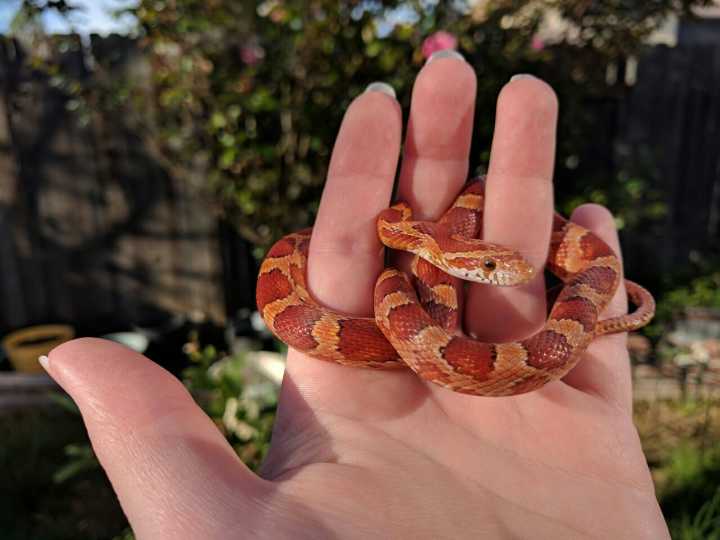
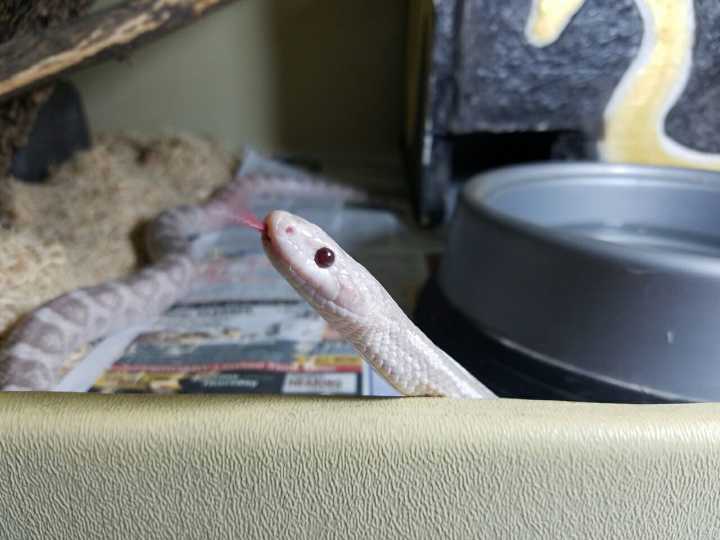
Origin: United States
Body size: about 1m in size
Adaptable temperature: 26~28℃
Adapt to humidity: keep dry
Dangerous: none
Viewability: very high
Degree of protection: not protected by international conventions
Price: Low (Primary & Normal Variation) ~ Very High (High-End Variation)
Corn snakes are often the first choice for most newcomers to “enter the pit”. As a small non-venomous snake, corn snake has a variety of variation patterns after a long period of artificial breeding, and is deeply loved by snake lovers all over the world.
But it is worth noting that the larvae of corn snakes are very small and can only feed on small suckling mice, and there are often individuals who do not eat. In addition, the digestive system of corn snakes is very fragile. If the temperature drops sharply during digestion, there is a high probability of vomiting. This kind of vomiting is fatal to young snakes, so raising corn snakes, especially juvenile corn snakes, should not be taken lightly. In addition, the larvae of corn snakes can sometimes be very neurotic and even attack people. Although this attack is almost completely harmless (the teeth of a young snake can’t even bite through the skin), it can be extremely frightening to both humans and snakes, and can even cause a stress response in snakes that can easily die. Therefore, for the pure novice, it is recommended to buy the large hatchlings directly. As for the adult, I think the cutest period of the corn snake is in its infancy. The adult is not good-looking, so I do not recommend it.
3. Lampropeltis getula
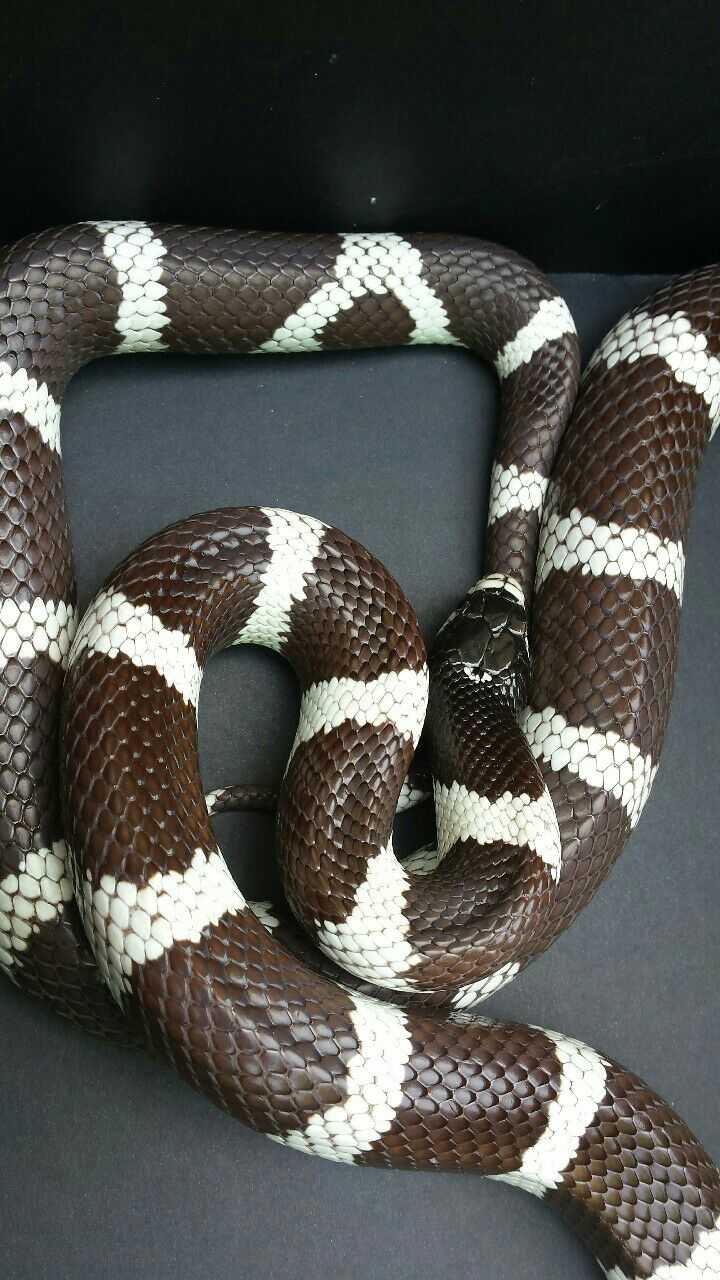
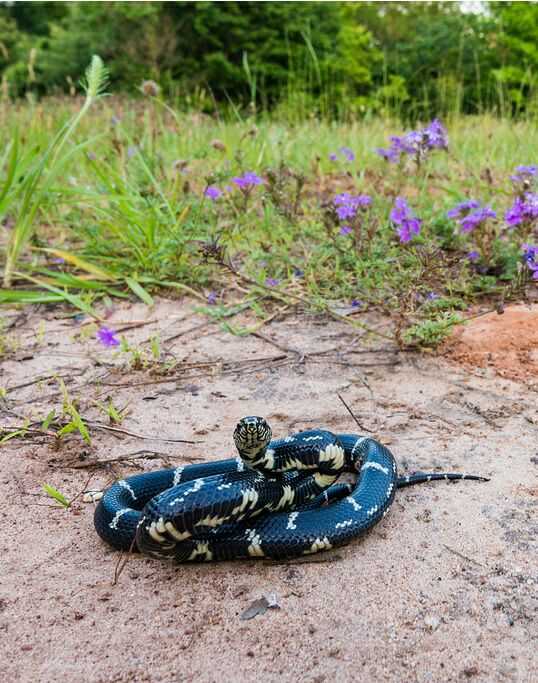
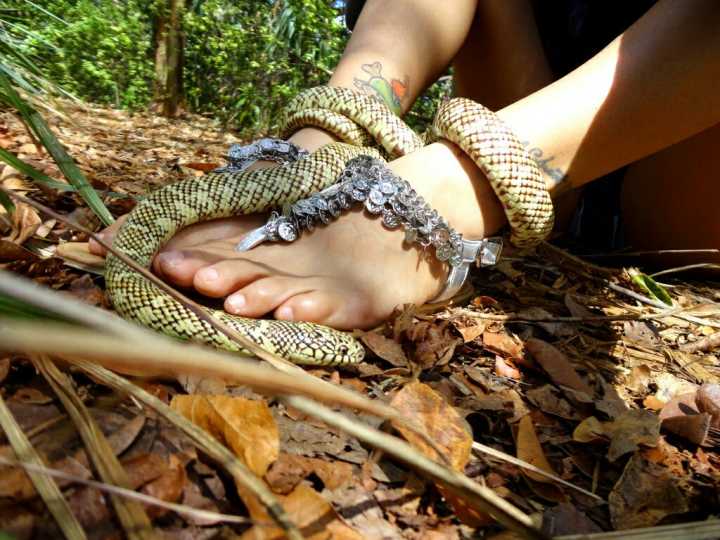
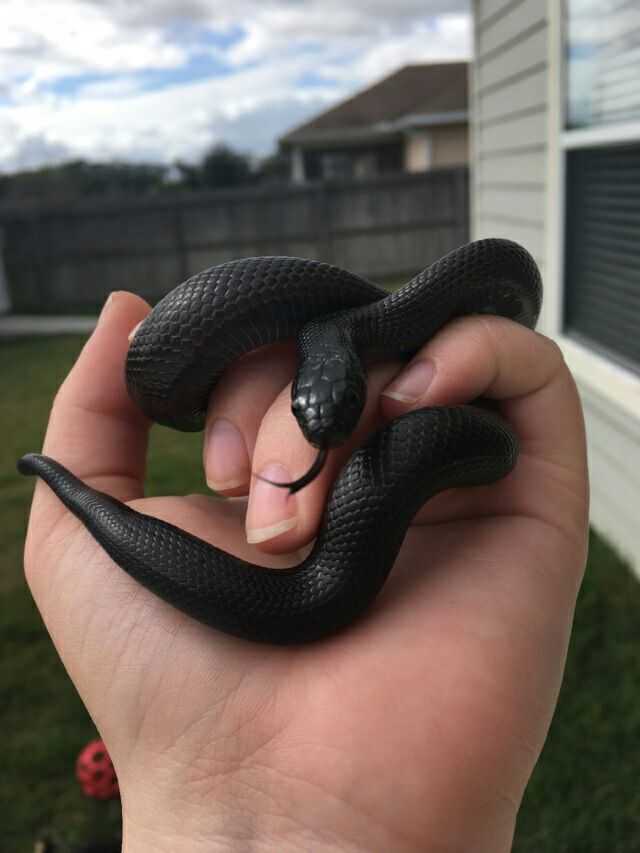
(From top to bottom, they are California King Snake, Eastern United States King Snake, Brook King Snake, and Mexican Black King Snake)
Origin: United States and Latin America
Body type: adult 1.2 ~ 1.5m
Adaptable temperature: 28~30℃
Adapt to humidity: keep dry
Dangerous: none
Ornamental: high
Degree of protection: not protected by international conventions
Price: Normal (Primary) ~ Higher (Variation)
The Chinese name of King Snake is actually not accurate here. In fact, the snakes to be introduced here include “California King Snake”, “East American King Snake”, “Brook King Snake” and “Mexican King Snake” in the pet market. Black king snake” and several other king snakes. These king snakes are considered different subspecies of the same species and are reared in much the same way. For convenience, they are collectively referred to as the California King Snake.
California king snakes also always have artificially bred individuals with various body colors and patterns, but unlike corn snakes and ball pythons, most California king snakes are very fierce! When you try to pick up a California king snake, they tend to respond with a ferocious bite! Of course, the California king snake is just a non-venomous snake, and the bite is not very painful, but for this reason, the California king snake is really not a snake to play with. However, if the breeder has enough patience, the California king snake can also be familiar with the smell of people and give up its guard, and stop attacking people.
In fact, the California king snake is far more suitable for beginners than the corn snake. This snake is often referred to by players as the “trash can” because its recipes are so extensive! Everything from rodents, lizards, and even other snakes is on the recipe for the California king snake. And the California king snake has a tougher digestive system, much stronger than a corn snake, and is much less likely to get sick and die.
4. Lampropeltis triangulum
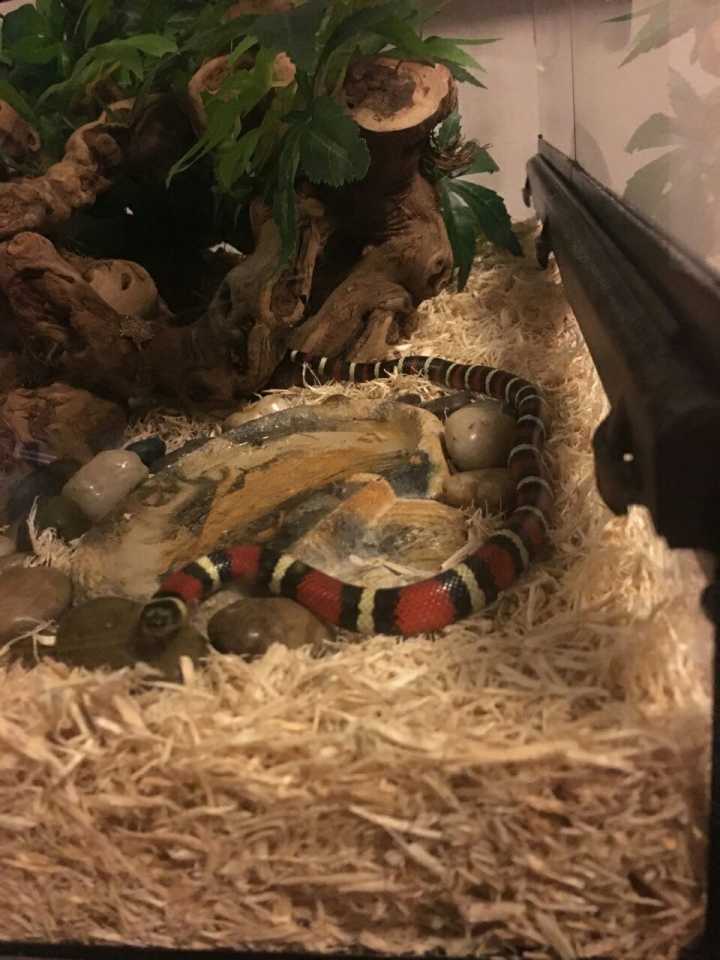
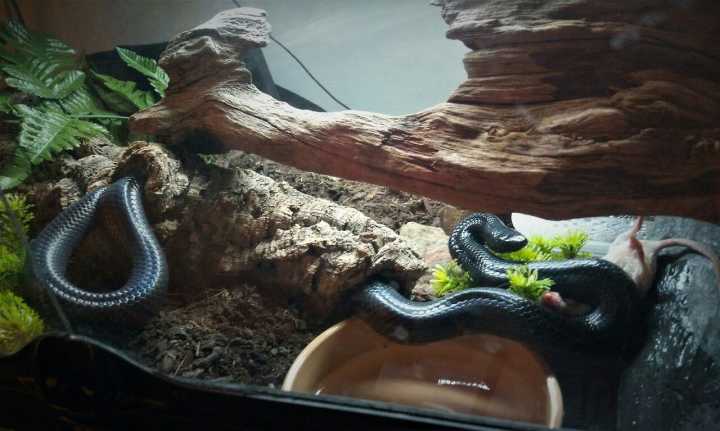
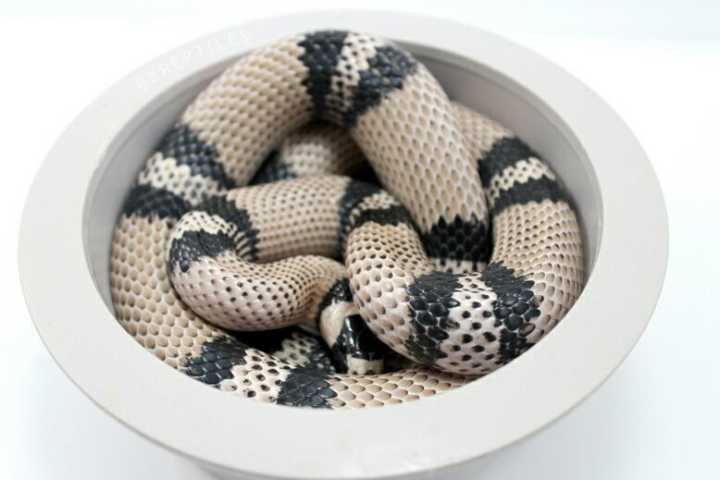
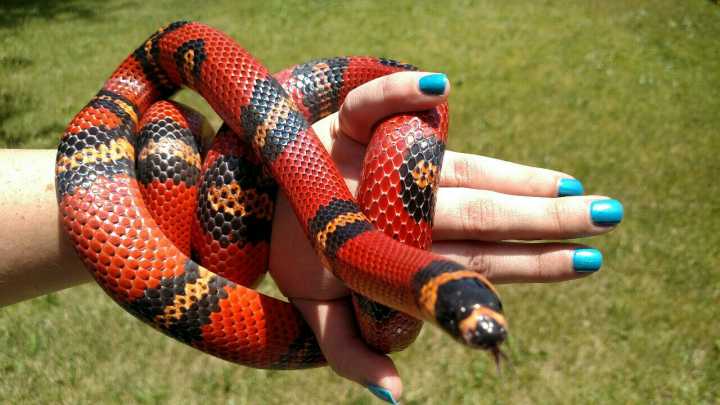
Origin: United States and Latin America
Body size: less than 1m (Honduras milk snake and black milk snake can reach about 2m)
Adaptation temperature: 26 to 28°C (milk snakes from some high-altitude areas will be “ripened” at 30°C, the growth rate will be accelerated, and the lifespan will be greatly reduced)
Adapt to humidity: about 50%
Dangerous: none
Viewability: very high
Price: Higher (primary) to very high (high-end variant)
Degree of protection: not protected by international conventions
The milk snake is actually a close relative of the king snake—or a milk snake is a type of king snake at all. But unlike the king snake, the milk snake is much less aggressive and more neurotic. Due to the gorgeous colors of milk snakes and the variety of body color and pattern variations, the price of milk snakes has always been high in the pet market.
If you like small snakes, then the Pabula and Nelson’s are more suitable for you – these two generally do not exceed 80cm in size. But if you prefer large snakes, the Honduran milk snake and black milk snake, which are nearly two meters long, can satisfy your preferences.
5. Pituophis melanoleucus
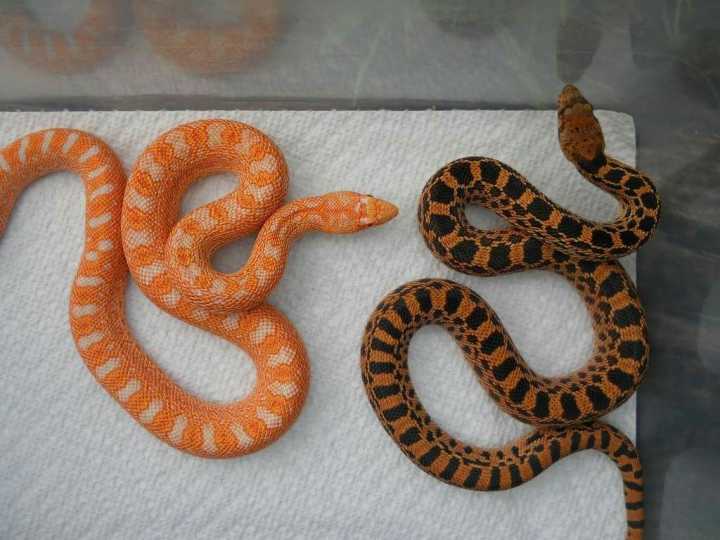
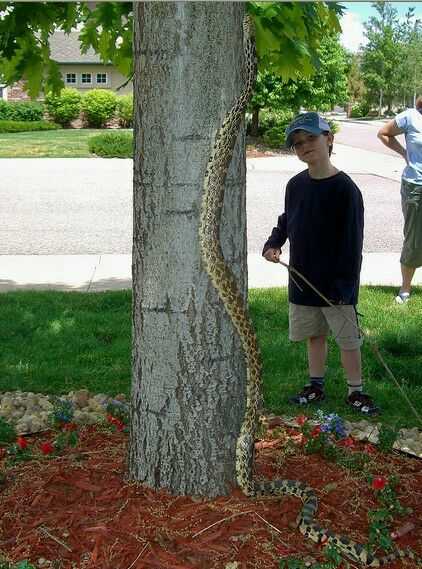
Origin: United States
Size: Over 2m
Adaptable temperature: 26~28℃
Adapt to humidity: keep dry
Risk: very low
Ornamental: high (primary color) extremely high (variation)
Price: high (primary) to very high (variant)
As a member of the genus Pine Snake, the size of the bull snake is much larger than that of small swimming snakes such as king snakes and corn snakes, even more than two meters. At the same time, the bull snake’s temper is indeed like that of a bull – when frightened, it will exhale loudly and slap the ground with its tail. But this character can be overcome through contact with people. If it is a bull snake that has been artificially raised since childhood, the snake will be much quieter, and it is also willing to accept being held in the hand.
Of course, the bull snake is huge, and once it loses control and attacks a person, the damage will be far greater than that of small snakes such as corn snakes and king snakes. Therefore, it is recommended that novices who are preparing to raise cattle and snakes, especially in the stage of snake training, remember to take anti-bite measures.
Other pine forest snakes are snakes and other large swimming snakes in the United States. I don’t know much about them personally, so I won’t go into details.
6. Thamnophis marcianus
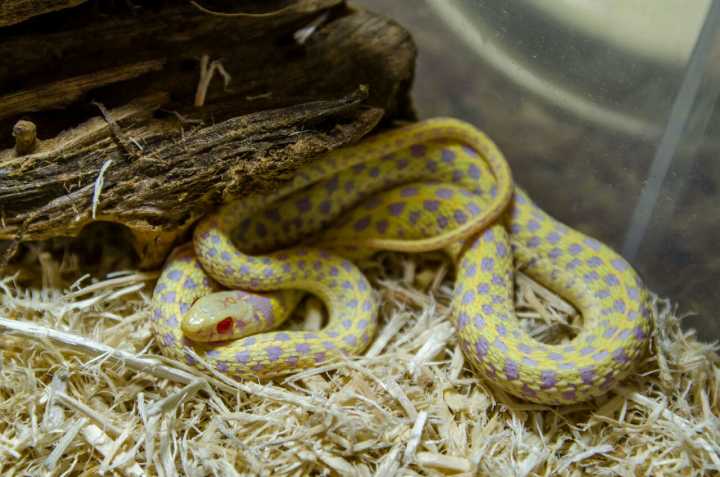
(The picture shows an albino individual)
Origin: United States
Size: about 1m
Adaptable temperature: 24~26℃
Adapt to humidity: about 50%
Dangerous: none
Ornamental: general (primary color) high (variation)
Price: very low (primary) high (variant)
Degree of protection: not protected by international conventions
If you love snakes but hate mice, then the girdle snake (here, the plaid snake) is the way to go. As a small swimming snake that lives near the water, the girdle snake mainly feeds on fish, frogs and insects, and is suitable for people who cannot accept feeding rodents. Of course, if you’re willing to accept rodent feeding, girdle snakes will grow stronger, and you’ll also avoid the snakes getting infected with parasites that aquatic animals may carry. It is not difficult to raise garter snakes. Due to their wide distribution (some garter snakes also have branches in Canada and Alaska), garter snakes have low temperature requirements and can grow normally even in low temperature environments. However, for the health of snakes, it is generally recommended to raise them in an environment around 26°C.
The primary color box girdle snake is gray-green, and it is commonly seen in the market as albino individuals. The juveniles of these lattice garter snakes are only about the size of earthworms and are very cute. The garter snake is a lively and curious snake, if you keep it on your desk, you will find this little one watching your every move! This is a behavior that cannot be observed in most snakes. If you have a well-bred garter snake, it can even take food on your hands like a dog or hamster! It is worth mentioning that the breeding of the garter snake is not difficult, and it is ovoviviparous without going through a dangerous incubation stage, which is suitable for players who want to experience breeding.
The price of the lattice girdle snake in China is relatively close to the people, and the average player can accept it. However, other types of garter snakes are very expensive, and the number is scarce, so they are almost priceless, so I won’t go into details here.
7. Elaphe schrenckii
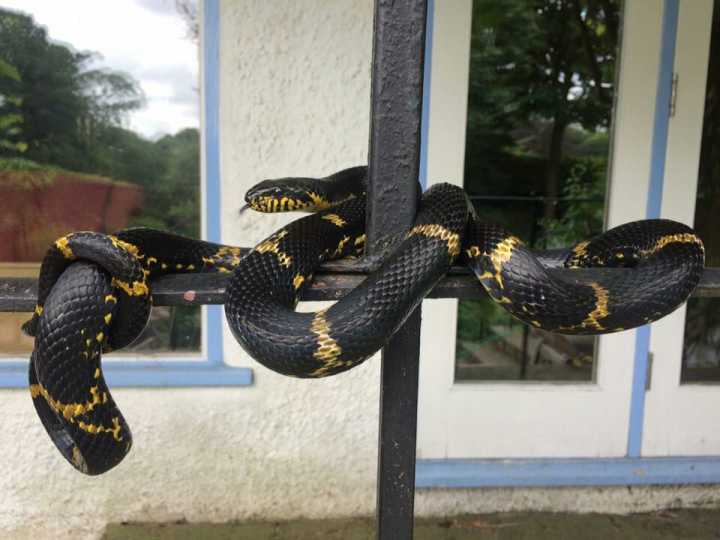
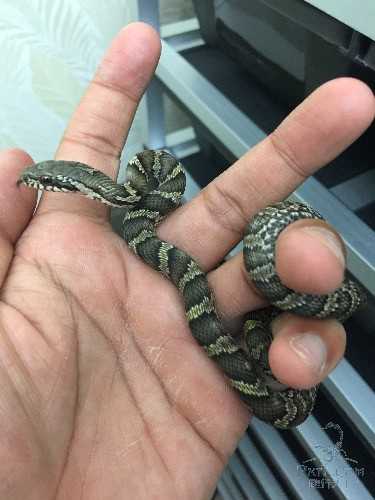
(juvenile brown and black brocade snake)
Origin: Northern China, Russia, North Korea, South Korea, Japan
Size: about 1.5m
Adaptation temperature: 18-26℃
Adapt to humidity: keep dry
Dangerous: none
Ornamental: general
Price: very low
Degree of protection: “Three Possessions” wild animals
If you really want to keep a snake, but you have the money and are reluctant to pay a high price for a pet snake, then the brown and black brocade snake may be your best choice. This kind of snake is widely distributed in northern my country, including the cold northeastern region, so it can be directly raised without heating in most areas of our country (the larvae must be heated!!! Lessons in blood!).
The brown and black brocade snake is a docile snake with few records of attacking people. Due to its large size, it is often bred as a meat snake. It has a wide range of diets, and can even accept foods such as eggs and raw meat (long-term feeding is not recommended). It has a strong tolerance to the environment and is very suitable for novice breeding. With certain training, the brown and black brocade snake can also take food from human hands.
Although the pattern and color of the brown and black brocade snake are not outstanding, the visual impact brought by a large snake more than one meter long is still very strong. There have been albino individuals of brown and black brocade snakes on the market, and the price is extremely expensive. In addition, the juvenile period of the brown and black brocade snake is almost exactly the same as that of the Chifeng brocade snake (the adult is bigger, the color is more ugly, and the temperament is more ferocious).
8. Orthriophis taeniurus
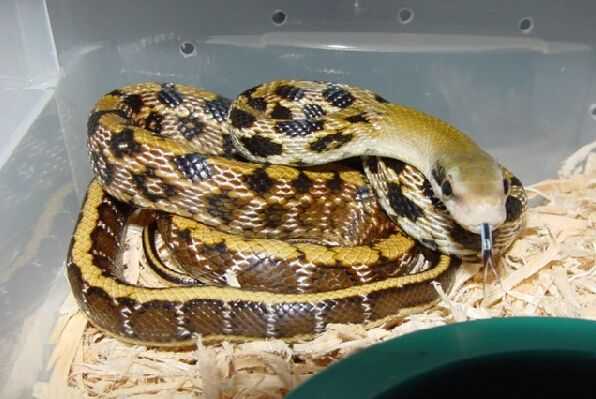
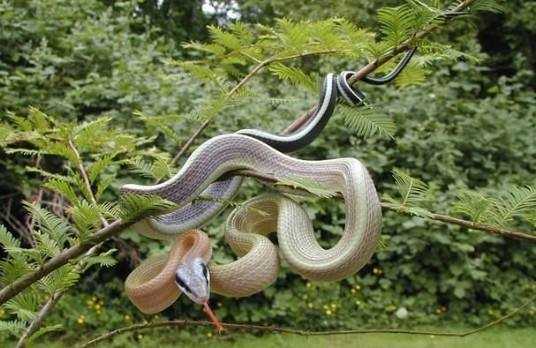
(被称为洞穴黑眉的亚种)
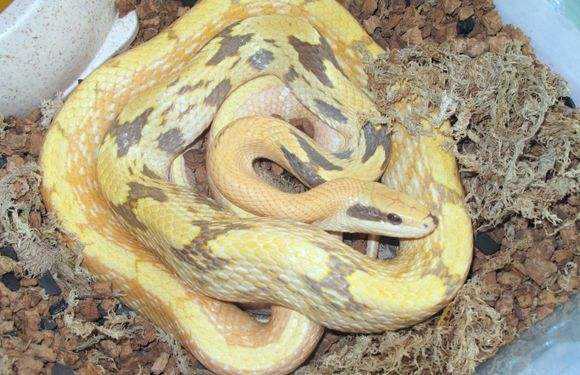
mutant individual
Origin: Southern China, Japan, Southeast Asia
Body size: about 2m
Adaptation temperature: 25-30℃
Adapt to humidity: about 60%
Dangerous: none
Ornamental: high
Price: very low (the price of cave black eyebrows and mutants is extremely high)
Degree of protection: “Three Possessions” wild animals
The Black-browed Shu Snake is probably the most popular Chinese snake in the international market. From its English name “Beauty Rat Snake” (Beauty Rat Snake) can see the degree of its popularity. This kind of snake is not difficult to raise, but it is generally neurotic and not suitable for interacting with people. If you play with the black-browed snake in your hand for a long time, it is likely to cause the snake to refuse to eat, or even die suddenly. Moreover, the black-browed snake moves very fast, so be careful to escape.
The black-browed snake has high requirements on humidity, and it is generally recommended to provide a humidity of about 60%. It is also necessary to provide a particularly ventilated environment. Do this, if the snake itself is fine, it can generally be raised normally. In terms of feeding, it is recommended to give priority to mice, young snakes 1-2 times a week, and adult snakes can be fed once a week.
When buying a black-browed snake, be sure to buy captive-bred individuals. Not only for wildlife conservation reasons, but also because wild individuals of the black-browed snake are usually more neurotic and may be more aggressive. In addition, wild snakes are often injured in the process of capturing and transporting, and it is difficult to raise them. Artificially bred individuals are much better.
9. Boa constrictor ◆

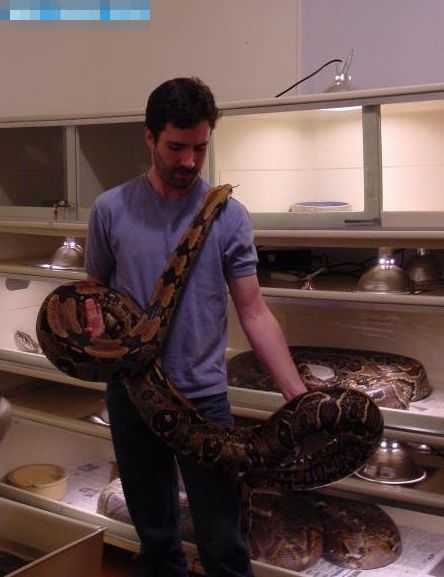
Origin: Central America, South America
Size: up to 4 meters
Adaptation temperature: 28-32℃
Adapt to humidity: about 60%
Risk: low
Ornamental: high
Price: high, extremely high (mutant individuals)
Degree of protection: Argentine red-tailed boa (Boa constrictor occidentalis) belongs to Appendix I of CITES Convention, and other subspecies belong to Appendix II of CITES Convention
Compared with these snakes before, the red-tailed boa is much larger, usually reaching about 2.5 meters, and a few individuals can reach about 4 meters. And a large snake over 4 meters has the ability to kill an adult male! However, under normal circumstances, red-tailed anacondas cannot reach such a huge size, but a violent red-tailed anaconda can still cause a lot of damage to people. Be sure not to be alone with large snakes that exceed 3 meters a day! If you want your red-tailed boa constrictor to be docile enough to interact with it by holding the snake in your hand frequently. This will help the snake get to know you and minimize the chance of attacking you.
If you only see a small and cute juvenile red-tailed anaconda, before you buy it, please think carefully: Are you capable of raising a large snake over three meters? Can you provide it with a spacious breeding environment and enough food? Can you be patient enough to take care of it? You know, such a snake can accompany you for more than 20 years! If you can’t meet these conditions, then please don’t buy this large snake!
In addition, the rearing of red-tailed boas can be said to be very simple. Red-tailed boas are snakes that live in tropical rainforests and require high temperatures and humidity. The average temperature should reach 28°C, and the humidity is generally recommended to be maintained at about 60%. Because their digestive system is not “robust” enough, temperature dips can be fatal to red-tailed boas. And if you don’t want your red-tailed boa to live too short, be sure not to overfeed! This can lead to severe obesity in snakes, and their lifespan is generally no more than 5 years.
For newborn snakes, the suckling mice can be fed twice a week. Three-month-old snakes can be fed sub-adult mice once a week. When the snakes approached one meter, they could instead be fed adult mice twice a month. Adult snakes of 1.5 meters or more can be fed large food such as rats and rabbits, and it is recommended to feed them once a month.
Like the ball python, the red-tailed boa is a very mature pet snake species, with a wide variety of variations and rich colors, but the price has also risen. It is worth mentioning that red-tailed boas are also ovoviviparous snakes, and reproduction is relatively easy.
10. Python bivittatus ◆
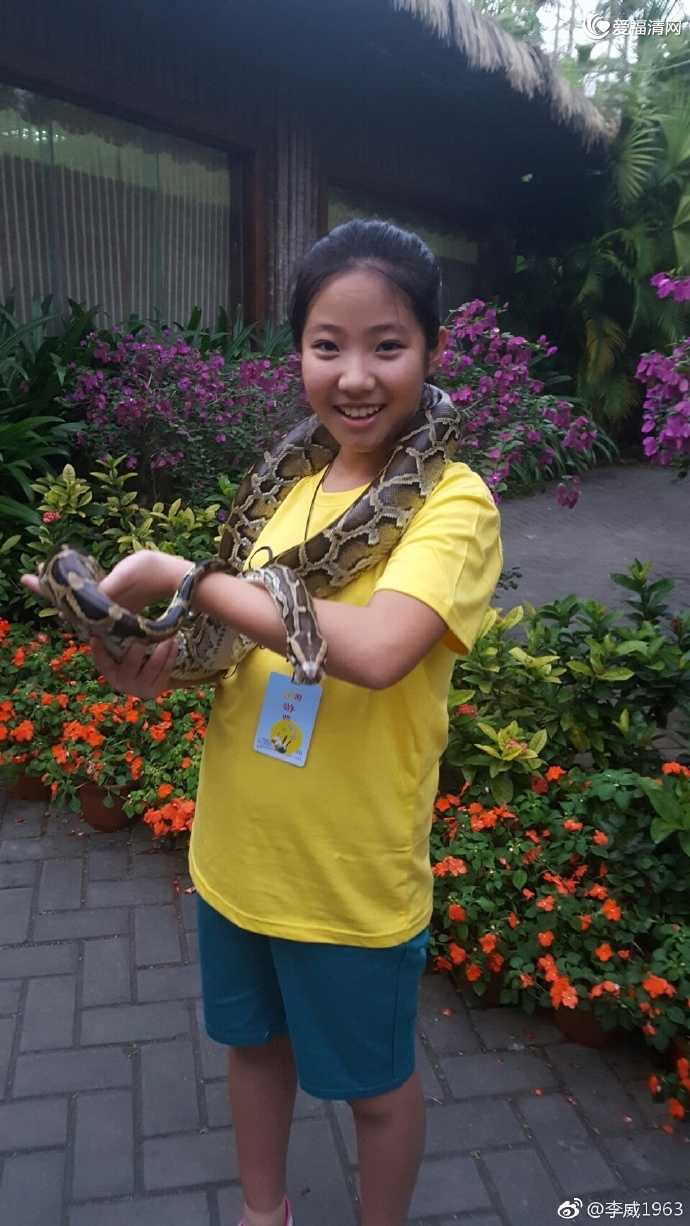
Burmese python close contact
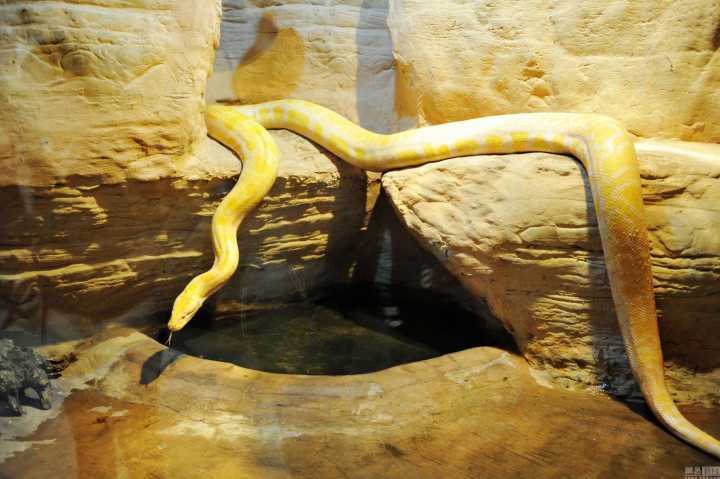
A golden python (albino Burmese python) raised in Qingdao Wildlife Park has a body length of 4.6 meters
Origin: South China, Southeast Asia
Size: up to 7 meters
Adaptation temperature: 26-33℃
Adapt to humidity: about 60%
Danger: Medium
Ornamental: high
Price: very low, very high (mutant individuals)
Degree of protection: National first-level key protected wild animals
Compared with the red-tailed boa, the Burmese python is an out-and-out “giant python”, and its body length can easily exceed 5 meters. In fact, in terms of body length, the Burmese python is not inferior to the famous green anaconda, and can compete with the reticulated python. It is entirely possible for a large Burmese python to kill or even devour an adult. But in the case of captive-bred individuals, this never happened. But there have been cases in the United States of pet Burmese pythons killing babies at home!
Even so, the Burmese python remains one of the most popular pet pythons around the world. It has a strong tolerance to the environment, especially low temperature, and is far easier to raise than tropical pythons. Moreover, Burmese pythons that have lived in artificial environments since childhood are generally docile and rarely attack people. Even so, keeping such a giant python requires careful consideration.
Compared with the ball python and the red-tailed boa, there are fewer variants of the Burmese python, the most famous being the golden python. In addition, there are several variations of body color patterns, such as ivory, green gold, etc. It is especially recommended to purchase these mutant individuals (primary color individuals are most likely from wild capture)!
11. Python reticulatus ◆
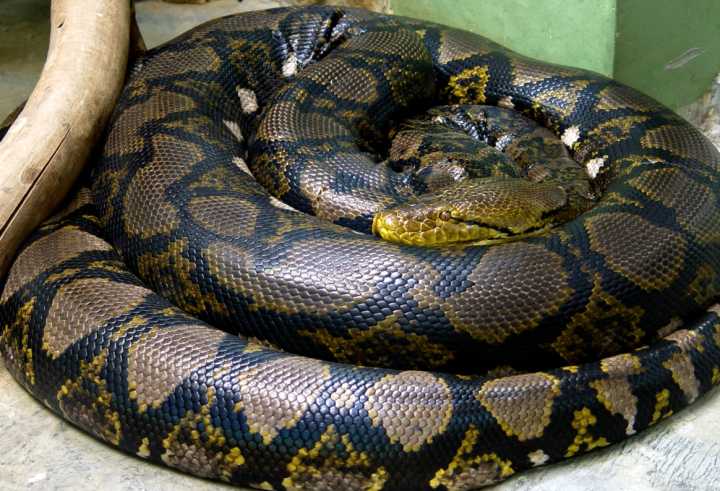
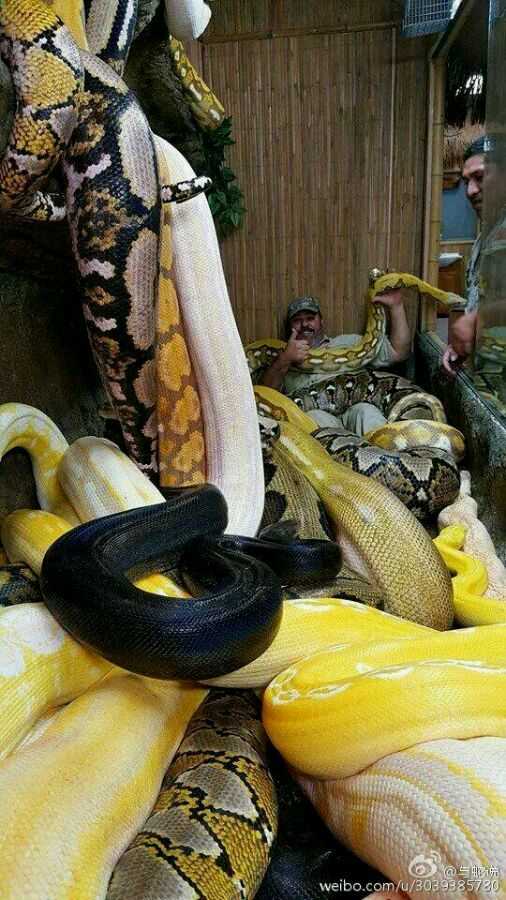
Origin: Southeast Asia
Size: Maximum record 7.62 meters
Adaptation temperature: 20-32℃
Adapt to humidity: about 70%
Risk: high
Ornamental: high
Price: high, extremely high (mutant individuals)
Degree of protection: CITES Annex II
The reticulated python is the only python with a definitive record of man-eating in recent years!
Daily Mail News: Villagers cut open a python and discover their missing friend inside
Although the largest recorded sizes are comparable, the reticulated python is generally much larger than the Burmese python and is often considered the largest snake in the world. In addition, the reticulated python has a ferocious temperament and often attacks its owner. It can be considered as the most dangerous non-venomous snake! Even so, the reticulated python remains one of the most popular pet pythons. In most cases, reticulated pythons in captivity will be far more docile, but there will always be exceptions.
For the feeding of reticulated pythons, it is necessary to provide high humidity (70%) and a large enough environment. As for temperature, reticulated pythons tend not to like to stay in high temperature areas, but prefer cooler (20°C) lower temperature areas. However, it is necessary to provide a high temperature area to help its digestion. In addition to this, the reticulated python is actually a very easy-to-raise python. There are many variations, but they are generally extremely expensive.
If you are afraid to keep such a giant beast, then you can choose the dwarf reticulated python. The pygmy reticulated python is a collective name for a number of small reticulated pythons native to several islands in Indonesia. The reticulated pythons from these origins are generally no more than 3 meters in length, so it is much safer to raise, and of course the price is very considerable. More importantly, dwarf reticulated pythons are indistinguishable from common reticulated pythons, and novice purchasers are easily deceived.
12. Ophiophagus hannah ★
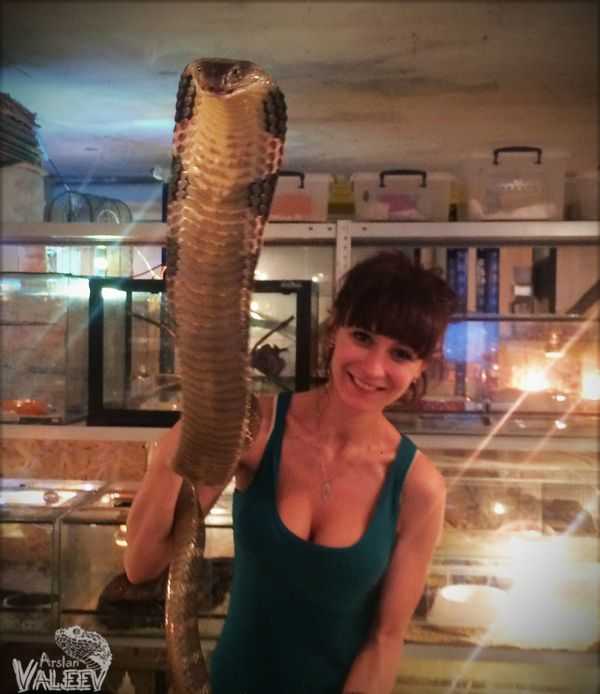
This behavior is highly dangerous! Imitation at your own risk!
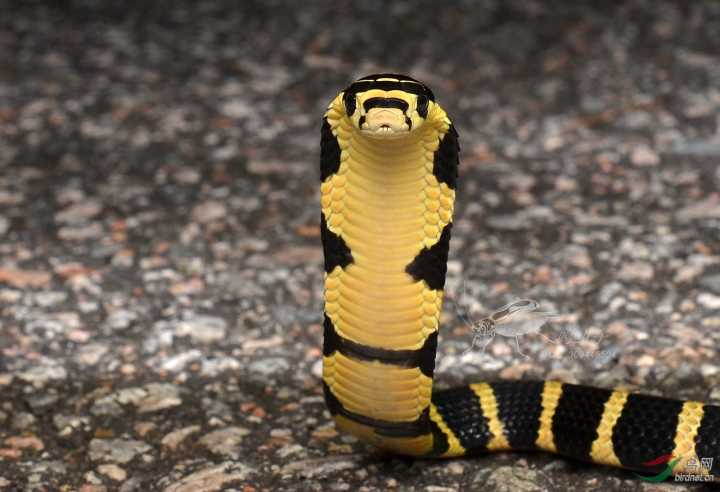
Juvenile king cobras have a cream-yellow pattern and are often mistaken for a golden ring snake
Origin: South China, Southeast Asia
Size: up to 5 meters
Adaptation temperature: 26-30℃
Adapt to humidity: about 70%
Dangerous: very high
Ornamental: high
Price: very low (young)
Degree of protection: “Three Possessions” wild animals, CITES Appendix II
Contrary to the common impression, the king cobra is actually a kind of snake suitable for keeping as a pet. But raising a large snake that can reach 5 meters and is highly venomous is obviously very dangerous. But captive king cobras are often very docile and have a higher IQ among snakes, and are considered a snake that can recognize their owners. So if you raise a king cobra from a young age and treat it with care in the right way, you generally don’t have to worry about being attacked. Even so, touching a king cobra directly with your hands is still very dangerous! Be sure to learn to use a tool like a snake hook to move the snake!
Of course, the danger of king cobras is unquestionable. The consequences of being bitten by an adult king cobra are so horrific that there is little chance of rescue. Since so few people are bitten by king cobras, there is no stock of king cobra serum in China. Even a juvenile king cobra bite can be life-threatening.
If you are really afraid of being bitten by yourself, or if the snake escapes and hurts others, you can choose to have a devenomous surgery on the king cobra. But at present in China, this kind of operation is not mature, the survival rate of snakes is not high, and there is a possibility of recovery of toxicity.
As for feeding, king cobras are slightly more difficult to feed, requiring higher humidity and temperature, ventilation and a quiet environment. Because king cobras are active and active, it is recommended to provide a larger environment. If the environment is suitable, you can “walk the snake” under the premise of ensuring the safety of yourself and others.
Another huge difficulty in raising king cobras is that king cobras almost exclusively eat snakes! This special diet leads to huge feeding costs. However, it is possible to induce king cobras to change to rodents and even chicken as food through training.
Since commercial farming of king cobras is very common in China, the price of king cobra seedlings in the domestic market is extremely low. But it is never recommended to raise poisonous snakes for the first time, or even people who raise snakes for the first time to buy this poisonous snake! If you must buy it, be sure to choose a sub-adult snake or an adult snake that has been detoxified, otherwise it is very likely to cause serious consequences!
13.Trimersurus ☆
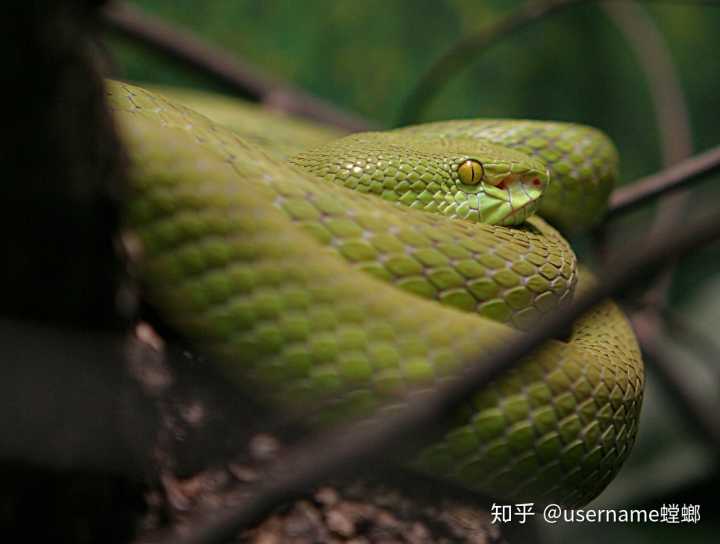
T.albolabris
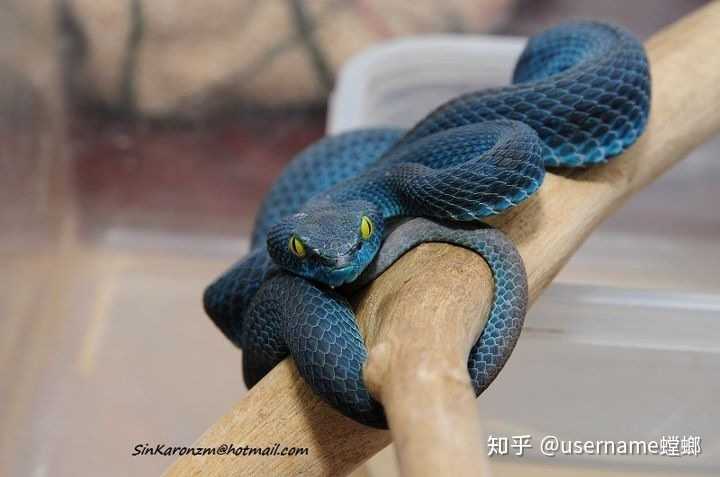
Blue Variation T.macrops T.macrops
Origin: East Asia, Southeast Asia
Body size: generally no more than 1 meter
Adaptation temperature: 22-28℃
Adapt to humidity: about 60%
Risk: low
Ornamental: high
Price: very low (domestic), very high (import)
Degree of protection: some species are “three-you” wild animals
Bamboo leaf green is a small venomous snake belonging to the Viperidae family, which is widely distributed in East and Southeast Asia. The venom of the green snake is quite weak, but it can cause severe pain, and if not treated in time, it will still leave more obvious scars. Compared with the venomous snakes of the cobra family, although the green snake is less venomous, it is much more aggressive and still needs to be handled with special care.
Most of the Bamboo Leaf Snakes are arboreal snakes and should be equipped with climbing objects with a certain height. If you provide them with branches, please be sure to do a good job of disinfection to avoid infecting the snakes with parasites. Due to the strong ornamental value of Bamboo Leaf Green, it can also be raised in ecological tanks with high ornamental value. It is recommended to select juvenile bamboo leaf greens when purchasing. Although young snakes are less adaptable than adult snakes, they are generally hatched in artificial environments, and their condition is usually better than wild individuals. Moreover, the young snakes are not very aggressive and poisonous, and are more suitable for novice breeding. But even so, it still needs to be equipped with snake hooks (you can use chopsticks for young snakes), anti-bite gloves and other items, and try to avoid direct contact with poisonous snakes. Occasionally, blue or yellow individuals are produced by the green snake, which is caused by a genetic defect that cannot produce yellow/blue pigments. Generally speaking, such individuals are extremely expensive.
14. Tropidolaemus ☆
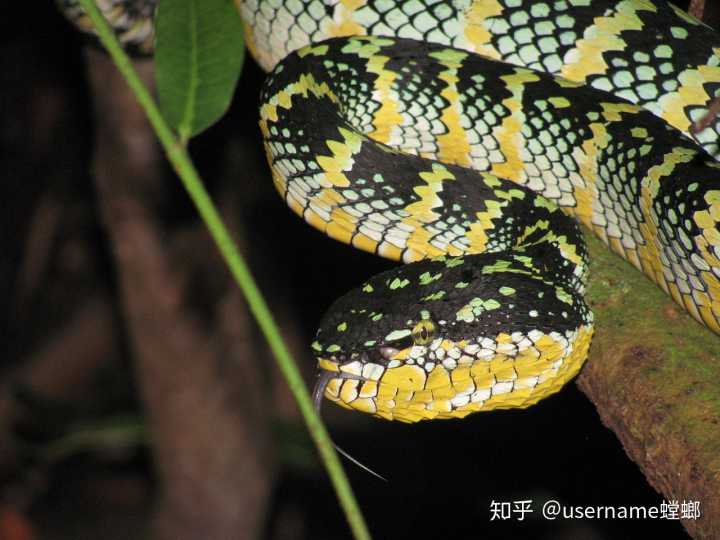
Adult female T. wagleri
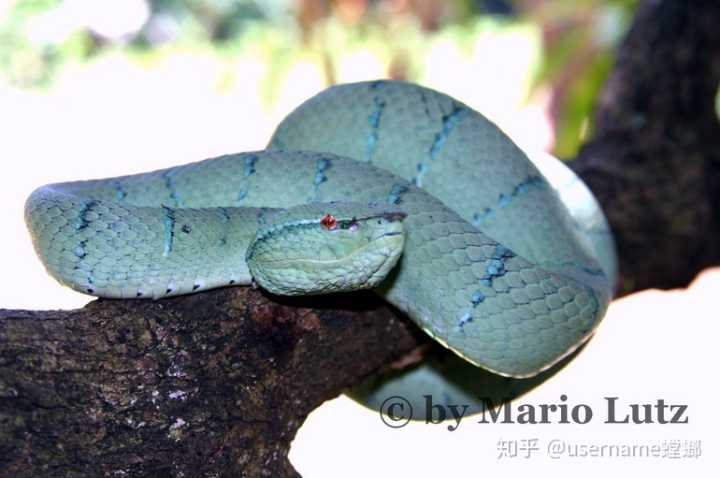
Philippine armored pit viper T. philippensis
Origin: Southeast Asia
Body size: generally no more than 1 meter
Adaptation temperature: 23-24℃
Adapt to humidity: about 60%~80%
Risk: low
Ornamental: high
Price: very high
Degree of protection: none
As a small tree-dwelling poisonous snake in the Viperidae family, the shape and life style of the armored pit viper are very similar to those of the bamboo leaf green, but the relationship between the two is very small, which is the result of the effect of convergent evolution. In fact, the armored pit viper is a relatively primitive poisonous snake, and its competitiveness is far less than that of the bamboo leaf green snake. In feeding, the armored pit viper is also much more troublesome than Zhu Yeqing.
The venom of the armored pit viper is the smallest among the same kind of vipers, but in particular, this venom is very deadly to small mammals and lizards, and its LD50 for mice even exceeds that of the pointed pit viper. But for humans, this venom is much less lethal. Therefore, the armored pit viper can be regarded as a relatively safe poisonous snake. In addition, the “lazy” of the armored pit viper is even more impressive. An armored pit viper can even live on a branch for a whole year! This poisonous snake is enshrined in the famous “Snake Temple” in Malaysia. However, the armored pit vipers in the “Snake Temple” have all had their fangs pulled out, and the environment is not suitable for the armored pit vipers to survive. As for the snakes eating tribute, it is nonsense.
The rearing of the armored pit viper requires stricter temperature, humidity and ventilation control. The best way to raise it is to raise it in a rainforest tank. Because the armored pit viper is motionless most of the time, it rarely damages the landscaping of the rainforest tank, and does not require too much care. However, because the armored pit viper itself is already very expensive, and the cost of the rainforest landscaping tank is tens of thousands, so the cost of raising it is very high. The general armored pit viper can accept mice as food, and a few wild individuals may only feed on lizards. Unlike many other venomous snakes, the armored pit viper hardly drinks water from the basin, but uses the dew on its body as its main water source. Therefore, the sprinkler system of the rainforest tank is very important. In general, the feeding of the armored pit viper is quite difficult, and it is only suitable for experienced people.

